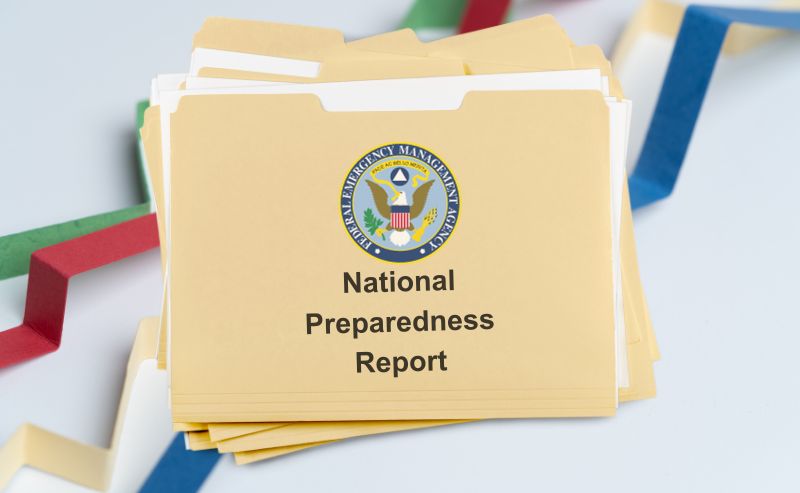FEMA recently published its 12th annual National Preparedness Report (NPR), a comprehensive review of the nation’s current disaster risk and capability landscape. The report details the progress made toward achieving the National Preparedness Goal (NPG) by December 31, 2022. The NPG sets the standard for overall community preparedness, encompassing readiness for various disasters and emergencies. The NPG, as you know, defines what it means for the whole community to be prepared for all types of disasters and emergencies.
As explained by FEMA, the 2023 NPR provides a data-driven picture of national preparedness and emergency management trends and includes recommendations for closing remaining gaps. It addresses the five mission areas of the NPG – prevention, protection, mitigation, response, and recovery – as well as the core capabilities intended to assist everyone who has a role in achieving all of the elements of the goal.
Specifically, the 2023 NPR includes focused discussions on four core capabilities:
- Fire Management and Suppression;
- Logistics and Supply Chain Management;
- Public Health, Healthcare, and Emergency Medical Services; and
- Long-term Vulnerability Reduction.
The new report also highlights the reality of rising costs and the frequency and severity of disasters due to climate change. The reason is the rise in the overwhelming number and severity of disasters in 2022. These resulted in the loss of $165 billion with 47 major climate-disaster declarations.
According to the 2023 NPR, there has also been a shift in the types of hazards communities are increasingly concerned about. Topping the list as “the two most stressing threat and hazard types for their [preparedness] capabilities” are cyberattacks and pandemics.
As in years past, the annual report offers all levels of government, tribes, the private and nonprofit sectors, and the public practical insights into preparedness that support decisions about program priorities, resource allocations, and actions that can create more resilient communities. It’s an interesting read and could prove highly beneficial to those looking to make improvements in the year ahead.
To download the 2023 National Preparedness Report, visit https://www.fema.gov/sites/default/files/documents/fema_2023-npr.pdf.






